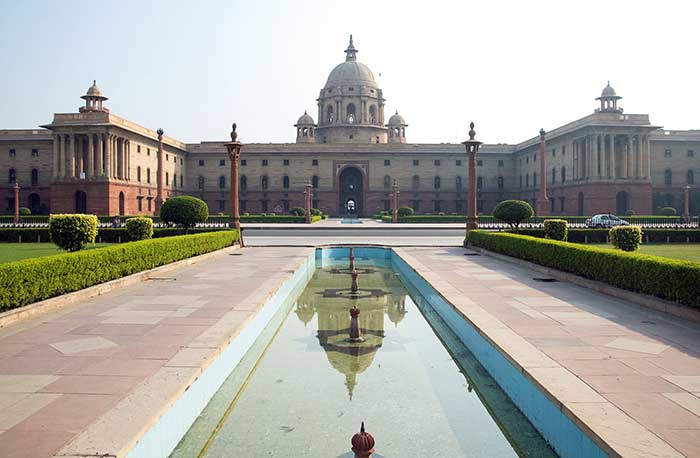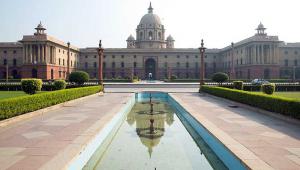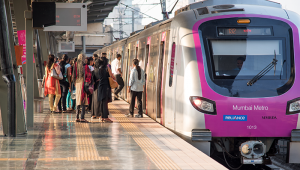india_government_building.jpg

The Indian parliament building in New Delhi. Credit: Laurie Jones
The new rates will range between 5% and 28% depending on the product, but will usually fall between 12% and 18%.
At present, goods in India are subject to a plethora of taxes that vary between states. Centralised tax is central to prime minister Narendra Modi’s economic policy, and is intended to cut down on administration and tackle corruption within the complex system currently in place.
The constitutional amendment to allow the new system to come into force was passed by the nation’s upper house of parliament in August after being delayed by years of political deadlock. More than half of the country’s 29 states have since approved this.
Businesses had lobbied hard for a national tax system, as this would significantly reduce the costs of trading, especially when goods are shipped across state borders. Under the existing system, states can decide their own taxes, which led to protectionist practice.
Arun Jaitley, the Indian finance minister, told the BBC that the reform would be “transformative”, increasing efficiency and tax compliance, as well as drawing in extra revenue. It would also allow for a “seamless transfer of goods and services across the country”, he said.
It has not been declared yet which products fall into which categories. So far, Jaitley has said that the half of the items in the consumer price index would not be taxed at all to keep prices down for the millions of Indians who live in poverty.
It is hoped the tax reforms will help to curb tax evasion, spur growth, raise tax revenue and stimulate investment.
India’s federal and state governments will jointly administer the system. It will comprise 38 different goods and services taxes: a tax for each of the 29 states; one for each of the seven union territories, which are federally administered; a federal tax; and an integrated tax on interstate supplies of goods and services.
The amendment will not therefore create a true single market but is generally considered to promise a far simpler, more streamlined Indian economy.













